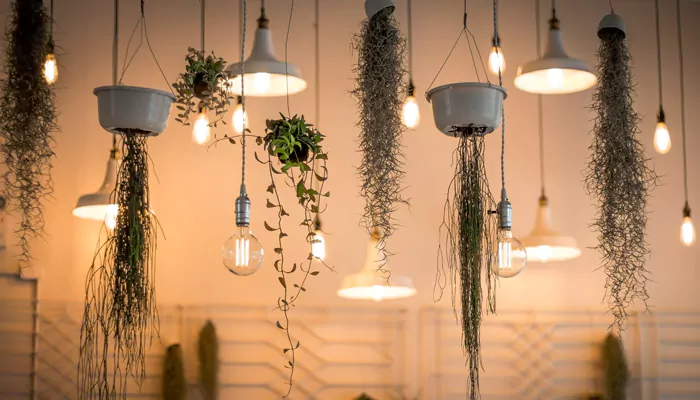Exploring the psychology of space: How design shapes human behaviour

Psychology of space and design is a dynamic field with far-reaching implications for architecture, interior design, urban planning and beyond. Know more here
Exploring the psychology of space and how design shapes human behaviour is a fascinating topic that delves into the intersection of psychology, architecture and environmental design where this field examines how the physical environment influences human emotions, behaviours and interactions. Designers and architects consider psychological principles to create environments that cater to human needs, enhance experiences and shape behaviours in meaningful ways hence, the psychology of space and design is a dynamic field with far-reaching implications for architecture, interior design, urban planning and beyond.
In an interview with HT Lifestyle, Aayush Chaudhary, Principal Architect at ACad Studio, shared, “Architecture has the extraordinary power to shape not only physical spaces but also the emotions, thoughts, and behaviors of those who inhabit them. By understanding the psychology of space, we can create environments that inspire, engage and empower individuals. Through thoughtful design, we have the opportunity to craft spaces that evoke a sense of calm, foster creativity, promote collaboration, and enhance overall well-being. As architects, we are not just builders of structures; we are curators of human experiences, orchestrating spaces that resonate with the deepest aspects of our collective psyche.”
According to Aditi Murarka, Co-Founder of Nestasia, design is integral to how we perceive our surroundings. She said, “Every corner, every color, and every texture has the potential to shape our experience and influence our well-being. You might have noticed that anytime you feel down or unproductive, organizing your space instantly perks you up. It's not just about the aesthetics or visuals; but also about the subtle ways in which our environment affects our emotions. In a consciously designed home, each element is chosen with care to showcase quality products that not only look good but also serve a purpose, creating spaces that are both visually appealing and highly practical.”
She asserted, “This perfect blend of form and function makes every corner of the home a delightful experience for the senses. Open and well-lit spaces foster collaboration and creativity, while cluttered and enclosed spaces may lead to stress, distraction, and discomfort. Even making small changes to decor accents or soft furnishings to match current trends or seasons can create a sense of refreshment, boost confidence, and enhance productivity. There is so much one can explore about the impact of design on their behavior. It is truly a fascinating aspect to study.”
Insisting that space plays a vital role in human psychology, Dikshu C Kukreja, Managing Principal at CP Kukreja Architect, revealed, “It is a proven fact that the quality of lighting or natural ventilation can affect human behavior within a space. It is therefore very important that the kind of space that is designed is creating a positive impact on human behaviour and psychology. Well-lit, naturally ventilated, voluminous spaces rather than poorly-lit and ventilated, cramped spaces are always advisable to be created for any human habitation, be it - residential, office or any other public facility.”
Ashok Singh Jaunapuria, MD and CEO at SS GROUP, concluded, “Home is where the heart is. An ideal design should encompass both human and environmental factors and the intersection of both paves the way for the ideal home that brings about calmness and productivity among its occupants. Crammed spaces with less ventilation and ineffective lighting make inhabitants feel dull and gloomy. On the contrary, spaces with cheerful colours, well ventilated, are proven to be more welcoming and instantly put the zap factor in its occupants.”
Disclaimer: This Article is auto-generated from the HT news service.












